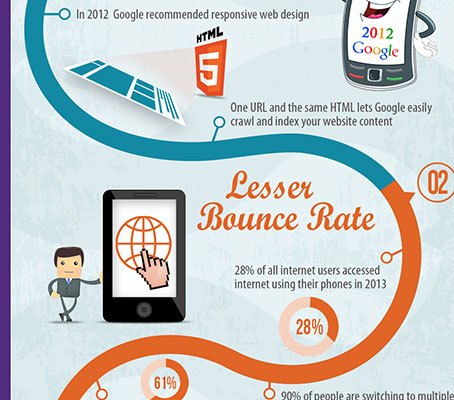Website Style Essentials: Tips For Building A User-Friendly Site
Website Style Essentials: Tips For Building A User-Friendly Site
Blog Article
Short Article Created By-Abildtrup Devine
When it involves internet site style, making sure user-friendliness is essential. From receptive design to structured navigating, every aspect plays an important role in creating a website that satisfies your audience's demands. But what regarding the better details that can make or damage an individual's browsing experience? Stay tuned as we reveal some often-overlooked tips that can boost your site's functionality to the next level, making it really stand apart in the digital landscape.
Significance of Responsive Layout
Responsive design is a vital aspect of contemporary site growth. Ensuring your web site is responsive methods that it can adapt to various screen dimensions and gadgets, offering a smooth experience for individuals.
With the boosting use of mobile phones and tablet computers to access the internet, having a responsive design is necessary for reaching a wider target market. see this site aids in improving user experience by making your web site simple to navigate and read on any type of device.
Furthermore, responsive design can positively influence your internet search engine rankings, as internet search engine like Google prioritize mobile-friendly internet sites. By having a responsive layout, you're likewise future-proofing your web site, as new devices with varying screen dimensions remain to arise.
Simplify Navigating Structure
To enhance user experience and promote easy access to details on your internet site, improving the navigation structure is extremely important. When making your site, concentrate on creating a clear and intuitive navigating menu that aids visitors find what they're searching for rapidly.
Limit the variety of menu items to the basics, organizing relevant web pages together to prevent frustrating customers. Usage descriptive labels that clearly show the content of each page, making it less complicated for individuals to understand where each web link will take them.
Think about applying dropdown menus for subcategories to stop jumbling the main navigation bar. In addition, consist of a search bar prominently on the web page for users that prefer searching for details information.
Focus on mobile responsiveness in your navigation design to make sure very easy accessibility on all devices.
Enhance Web Page Tons Speed
Improving page load speed is important for retaining visitors on your website. Slow-loading pages irritate users and can bring about high bounce prices. To optimize page load rate, beginning by enhancing pictures. Compress images without compromising top quality to minimize their data dimensions.
In addition, allow browser caching to store regularly accessed resources locally, accelerating load times for returning site visitors. Minify CSS, JavaScript, and HTML data by getting rid of unneeded personalities, comments, and format, improving lots rate.
Consider making use of a material shipment network (CDN) to distribute your internet site's content across multiple servers worldwide, minimizing latency for customers accessing your site from different areas. Lastly, restrict the use of third-party scripts and plugins, as they can considerably impact tons times.
Verdict
Finally, by integrating receptive style, streamlining navigating, and maximizing page tons speed, you can produce an easy to use web site that attract a larger audience and enhances customer experience. These essential elements make certain that site visitors can conveniently gain access to and navigate your site across different devices, causing raised engagement and fulfillment. By concentrating on Read the Full Guide , you can develop a successful web site that keeps users coming back for more.
